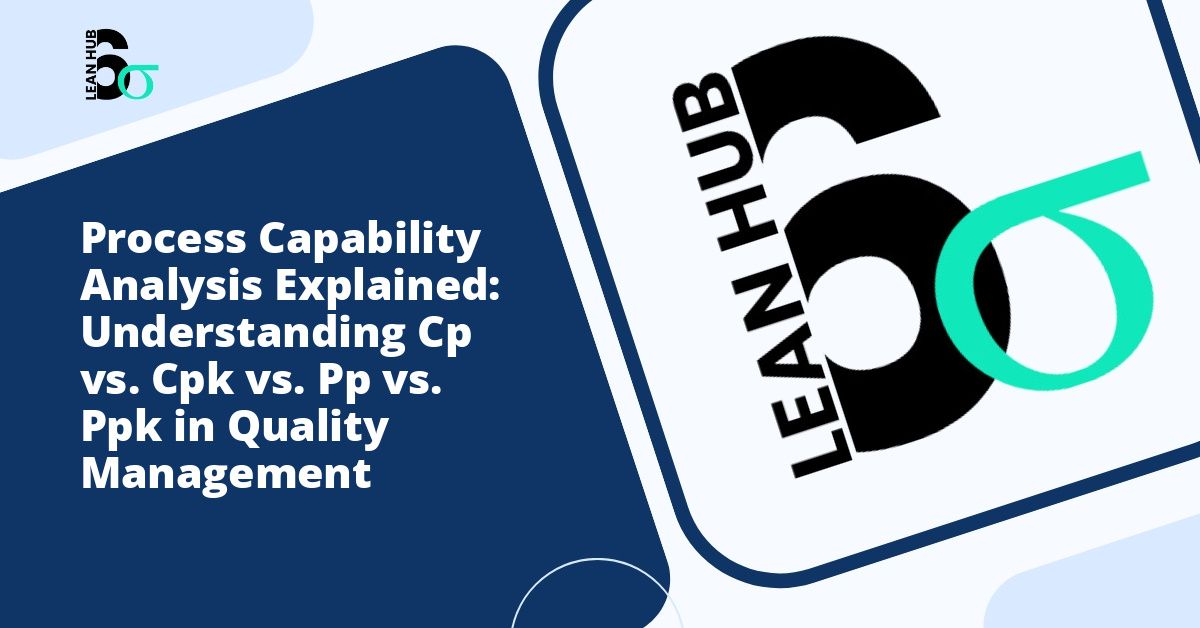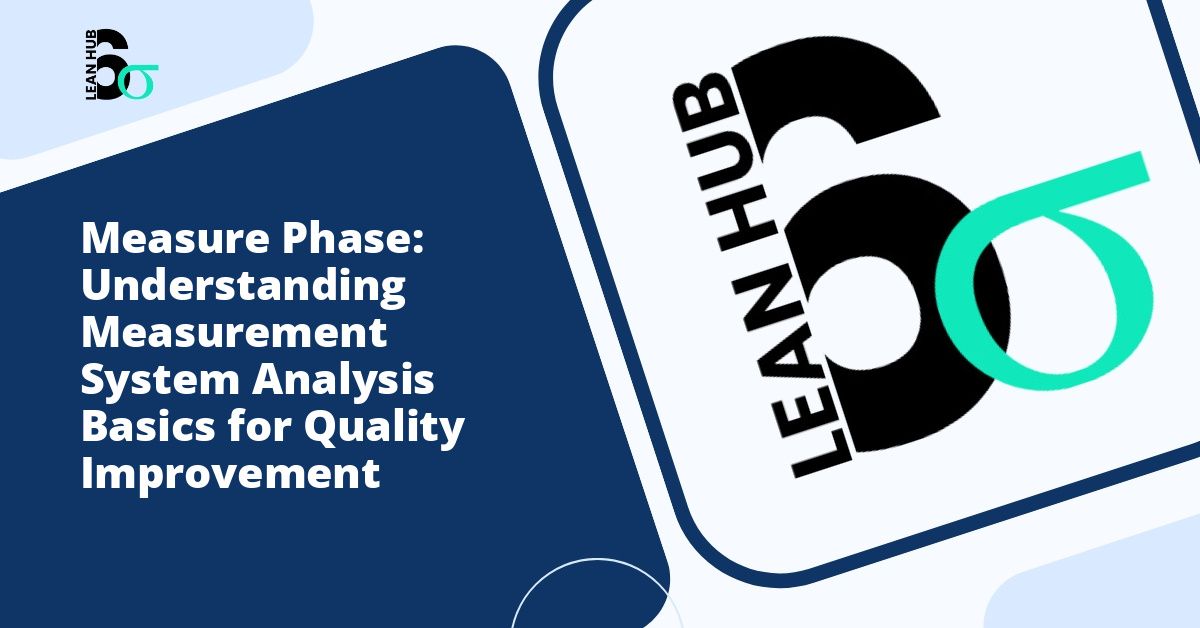In the world of quality management and manufacturing, understanding process capability is essential for maintaining consistent product quality and meeting customer specifications. Process capability indices serve as critical metrics that help organizations evaluate whether their processes can consistently produce products within specified limits. This comprehensive guide explores the four primary process capability indices: Cp, Cpk, Pp, and Ppk, providing clarity on their differences, applications, and significance in quality improvement initiatives.
What is Process Capability Analysis?
Process capability analysis is a statistical method used to determine how well a manufacturing or business process can meet specified requirements. This analysis compares the output of a process to the specification limits defined by engineering or customer requirements. By quantifying process performance, organizations can identify areas for improvement, predict defect rates, and make informed decisions about process modifications. You might also enjoy reading about Sampling Methods in Six Sigma: Understanding Random, Stratified, and Systematic Sampling Techniques.
These metrics play a vital role in lean six sigma methodologies, where the goal is to reduce variation and eliminate defects. During the recognize phase of quality improvement projects, teams use process capability analysis to establish baseline performance and identify processes that require immediate attention. You might also enjoy reading about Operational Definitions in Six Sigma: How to Define What You Measure for Process Excellence.
Understanding the Four Main Indices
The four primary process capability indices each serve distinct purposes and provide different insights into process performance. While they may appear similar at first glance, understanding their differences is crucial for accurate process assessment. You might also enjoy reading about Discrete vs. Continuous Data: Understanding Data Types in Six Sigma for Better Process Improvement.
Cp: Process Capability Index
The Cp index measures the potential capability of a process by comparing the specification width to the process width. This metric assumes that the process is perfectly centered between the upper and lower specification limits.
The formula for Cp is: (Upper Specification Limit minus Lower Specification Limit) divided by (6 times the standard deviation).
A higher Cp value indicates a more capable process. However, Cp has a significant limitation: it does not account for process centering. A process could have an excellent Cp value while still producing defects if the process mean is not centered between the specification limits.
Cpk: Process Capability Index (Adjusted for Centering)
The Cpk index addresses the limitation of Cp by considering both process variation and process centering. This makes Cpk a more realistic measure of actual process capability because it accounts for where the process is actually running relative to the specification limits.
Cpk takes the minimum of two calculations: the distance from the process mean to the upper specification limit and the distance from the process mean to the lower specification limit, each divided by three times the standard deviation.
When a process is perfectly centered, Cp and Cpk values will be equal. However, as the process mean shifts away from the center, the Cpk value decreases, providing a warning signal that the process may produce defects even if variation remains constant.
Pp: Process Performance Index
The Pp index is similar to Cp but uses a different method for calculating variation. While Cp uses within-subgroup variation (short-term variation), Pp uses overall variation across the entire dataset (long-term variation). This distinction makes Pp more representative of actual process performance over extended periods.
Pp is calculated using the same formula as Cp, but the standard deviation is computed differently, incorporating all sources of variation including shifts, drifts, and changes that occur over time.
Ppk: Process Performance Index (Adjusted for Centering)
Ppk combines the concepts of Pp and Cpk by measuring long-term process performance while accounting for process centering. This index provides the most comprehensive view of actual process performance because it considers both overall variation and the position of the process mean relative to specification limits.
Like Cpk, Ppk calculates the minimum distance from the process mean to either specification limit, but uses the long-term standard deviation in its calculation.
Short-Term versus Long-Term Capability
One of the most important distinctions in process capability analysis is the difference between short-term and long-term metrics.
Short-term capability (Cp and Cpk) measures what the process can potentially achieve under ideal conditions. These indices use within-subgroup variation, which captures only the inherent, random variation in the process. This represents the process operating at its best, without the influence of special causes or time-related factors.
Long-term performance (Pp and Ppk) measures what the process actually achieves over extended periods. These indices incorporate all sources of variation, including shifts in the process mean, changes in raw materials, environmental factors, operator differences, and equipment wear. This provides a more realistic picture of process performance in real-world conditions.
The relationship between short-term and long-term indices reveals important insights. When Pp and Ppk values are significantly lower than Cp and Cpk values, it indicates that the process experiences shifts or drifts over time, suggesting opportunities for improvement in process control and stability.
Interpreting Process Capability Values
Understanding what capability index values mean is essential for making informed decisions about process performance and improvement priorities.
- Value of 2.0 or higher: Indicates an excellent process with minimal defect rates. The process has substantial margin relative to specifications.
- Value between 1.33 and 2.0: Represents a capable process that meets requirements with acceptable defect rates. This is often considered the minimum acceptable level for critical characteristics.
- Value between 1.0 and 1.33: Suggests a marginally capable process that may produce some defects. Improvement efforts should be considered.
- Value below 1.0: Indicates an incapable process that will produce defects. Immediate action is required to either improve the process or revise specifications.
In lean six sigma programs, organizations typically target Cpk and Ppk values of at least 1.33 for most characteristics, with higher values required for critical quality attributes. During the recognize phase, these benchmarks help teams prioritize which processes require immediate attention and resource allocation.
Practical Applications in Quality Management
Process capability indices serve multiple purposes across various industries and quality management scenarios.
Supplier qualification: Organizations use these metrics to evaluate potential suppliers and ensure they can consistently meet specifications before awarding contracts.
Process validation: Manufacturing facilities employ capability analysis to demonstrate that new processes can reliably produce conforming products before full-scale production begins.
Continuous improvement: Teams track capability indices over time to measure the effectiveness of improvement initiatives and ensure that gains are sustained.
Cost reduction: By identifying processes with excessive capability (indices much higher than required), organizations can potentially reduce costs by loosening tolerances or using less expensive methods.
Common Pitfalls and Considerations
While process capability indices are powerful tools, several important considerations affect their validity and interpretation.
First, these metrics assume that process data follows a normal distribution. When data is non-normal, capability indices may provide misleading results. Data should be tested for normality before calculating capability metrics, and transformations or alternative methods should be used when necessary.
Second, the process must be in statistical control before calculating capability indices. A process with special causes of variation present will yield unreliable capability estimates. Control charts should be used first to establish process stability.
Third, adequate sample sizes are essential for reliable estimates. Generally, at least 100 data points collected over a representative time period are recommended for calculating Pp and Ppk, while Cp and Cpk calculations require proper subgrouping strategies.
Conclusion
Process capability analysis through Cp, Cpk, Pp, and Ppk provides invaluable insights into process performance and improvement opportunities. Understanding the distinctions between these indices enables quality professionals to accurately assess both process potential and actual performance, leading to better decision-making and more effective improvement initiatives. By incorporating these metrics into quality management systems and lean six sigma programs, organizations can systematically reduce variation, minimize defects, and enhance customer satisfaction. Whether used during the recognize phase to identify improvement opportunities or for ongoing process monitoring, these capability indices remain fundamental tools in the pursuit of operational excellence.








